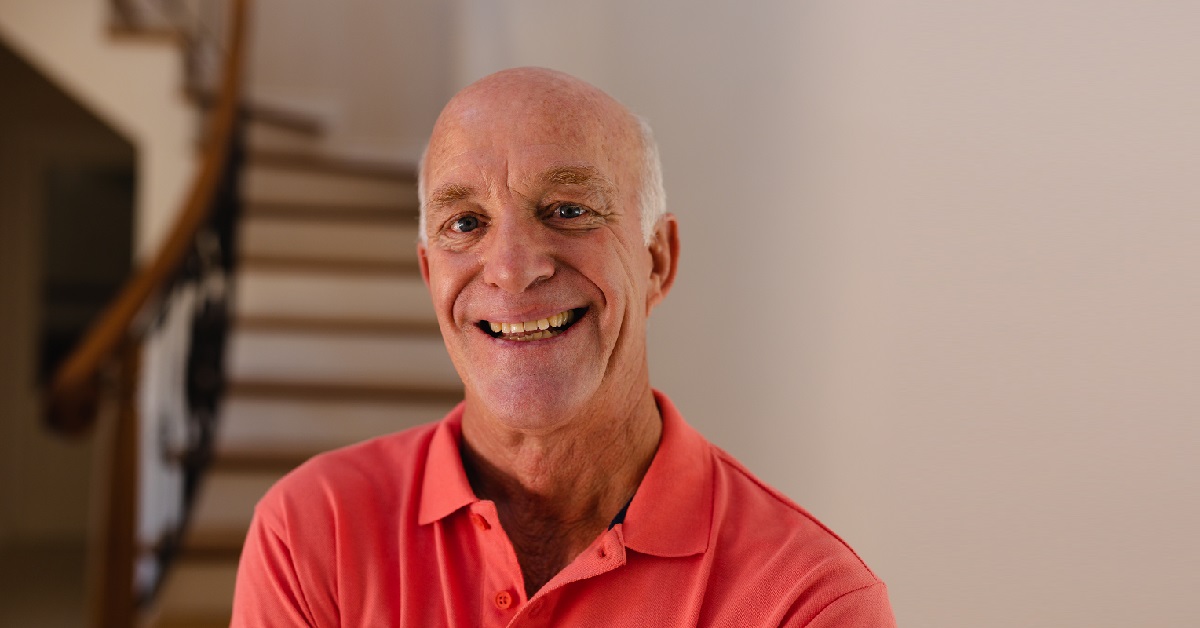When people learn the advantages of Mohs surgery versus traditional excision for treating skin cancer – or even suspected skin cancer – they almost always say, “Then, why wouldn’t anyone go with Mohs?” The advantages of minimal damage, instant results through real-time biopsy, and an office procedure are such that availability often is the only question.
Thankfully, we are eminently able to take care of the availability question. At the same time, we advise that Mohs surgery is particularly indicated for the most common types of cancer – basal cell carcinomas and squamous cell carcinomas – and on cosmetically and functionally sensitive areas such as the face, neck, scalp, ears, fingers, and toes. Mohs is also indicated when an area of concern is a recurrence after a previous treatment.
MetroDerm is the Atlanta leader in Mohs surgery. Together, Drs. D. J. Papadopoulos, Amy Kim, and Julia Neckman, have performed more than 20,000 Mohs procedures. In addition, Drs. Kim and Papadopoulos are fellows of the American College of Mohs Micrographic Surgery and Cutaneous Oncology, the American Society for Dermatologic Surgery, and the American Academy of Dermatology.
The suitability of Mohs surgery depends on the type of skin cancer, how far it has grown or spread, where it is located, and at what stage of development the concern is discovered.
Precision and Effectiveness
The Mohs procedure is a precision technique that does minimal damage to the surrounding healthy tissue. Compared with standard excision surgery, Mohs enables your surgeon to verify that all cancer cells have been removed at the time of surgery, increasing the likelihood of a cure, and reducing the need for additional treatments or follow-on surgery.
In fact, Mohs surgery is considered the most-effective technique for treating common skin cancers, with a 99% rate of cure for cancers that have not been treated before, and a 94% cure rage for skin cancer that has recurred after previous treatment. One reason for its effectiveness is that the surgery, the analysis, and the cosmetic reconstruction are in the hands of your own, individual surgeon and in one procedure. Your surgeon examines 100% of the tumor margins, spares healthy tissue, and leaves the smallest scar possible.
Straightforward and Clear
Mohs surgery is done in stages and in one visit. After removing a layer of tissue, your surgeon examines it under a microscope in an on-site lab. If any cancer cells remain, your surgeon knows the exact area and removes another layer of tissue from that precise location. As much healthy tissue as possible is spared, and your surgeon repeats the process until no cancer cells remain.
Contrasted with the waiting time for biopsy results, and the need to remove adjacent tissue “just to be sure” that come with traditional excision, it is no wonder that Mohs is preferred wherever appropriate.
Making Certain
In addition to the physical and clinical advantages of Mohs surgery, we notice an additional, overall benefit. By offering such a precise and effective treatment, Mohs helps people face up to the possibilities and practice the precautions that help reduce the occurrence of skin cancer in the first place. By bringing the subject even more into the open, one of the threats of cancer – its stealth and secrecy – is dispelled.
If you have discovered an area of concern for skin cancer, let’s get together and explore the advantages of Mohs surgery as they may apply to you.


